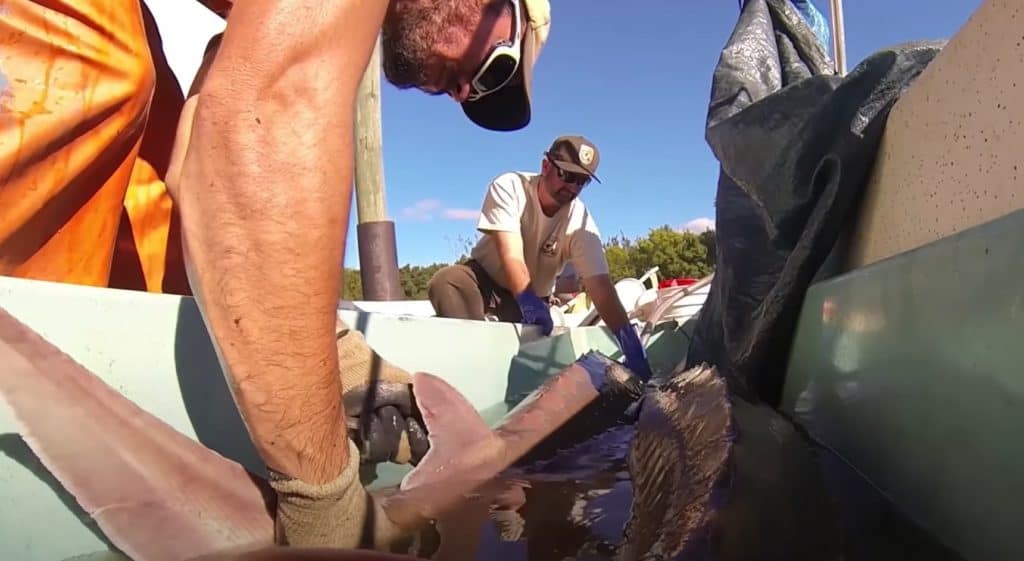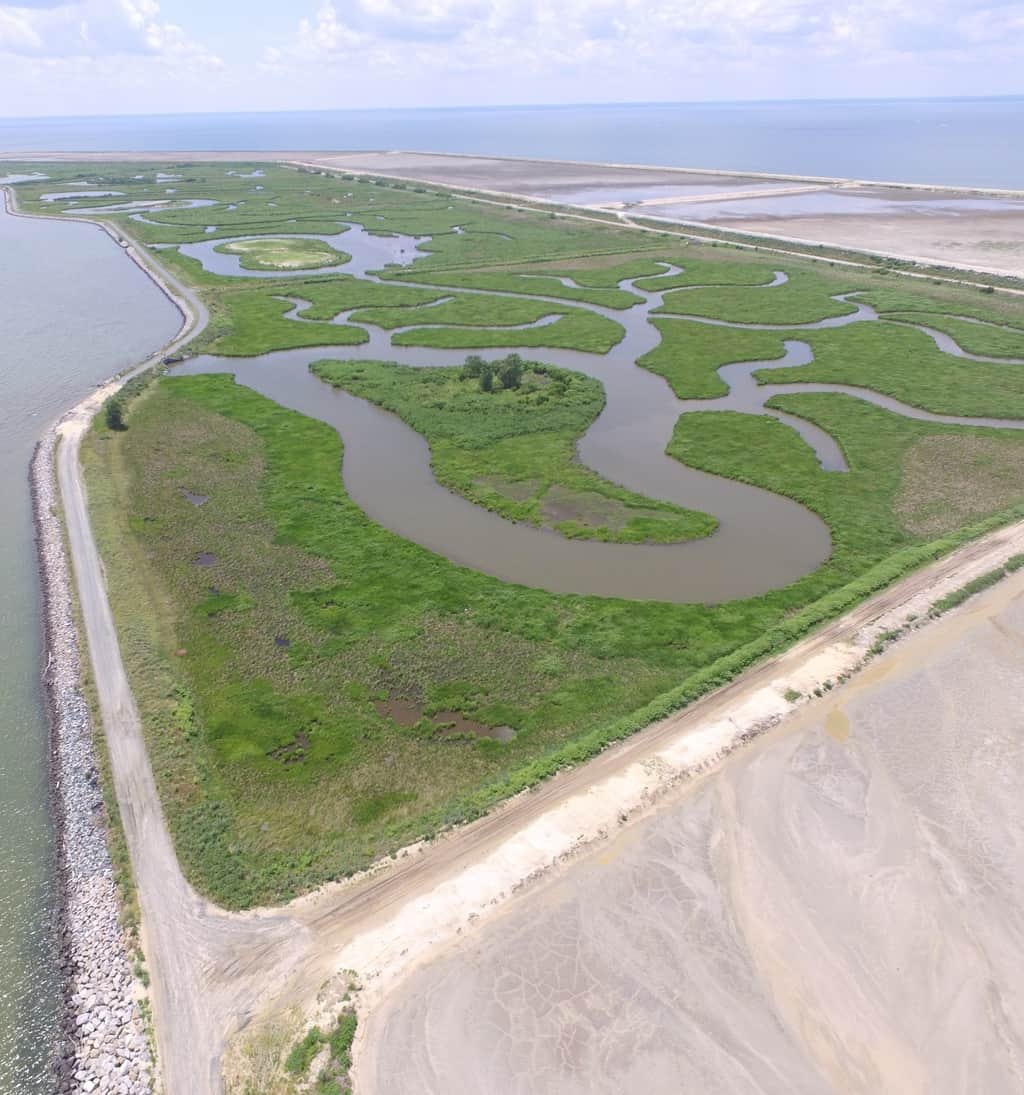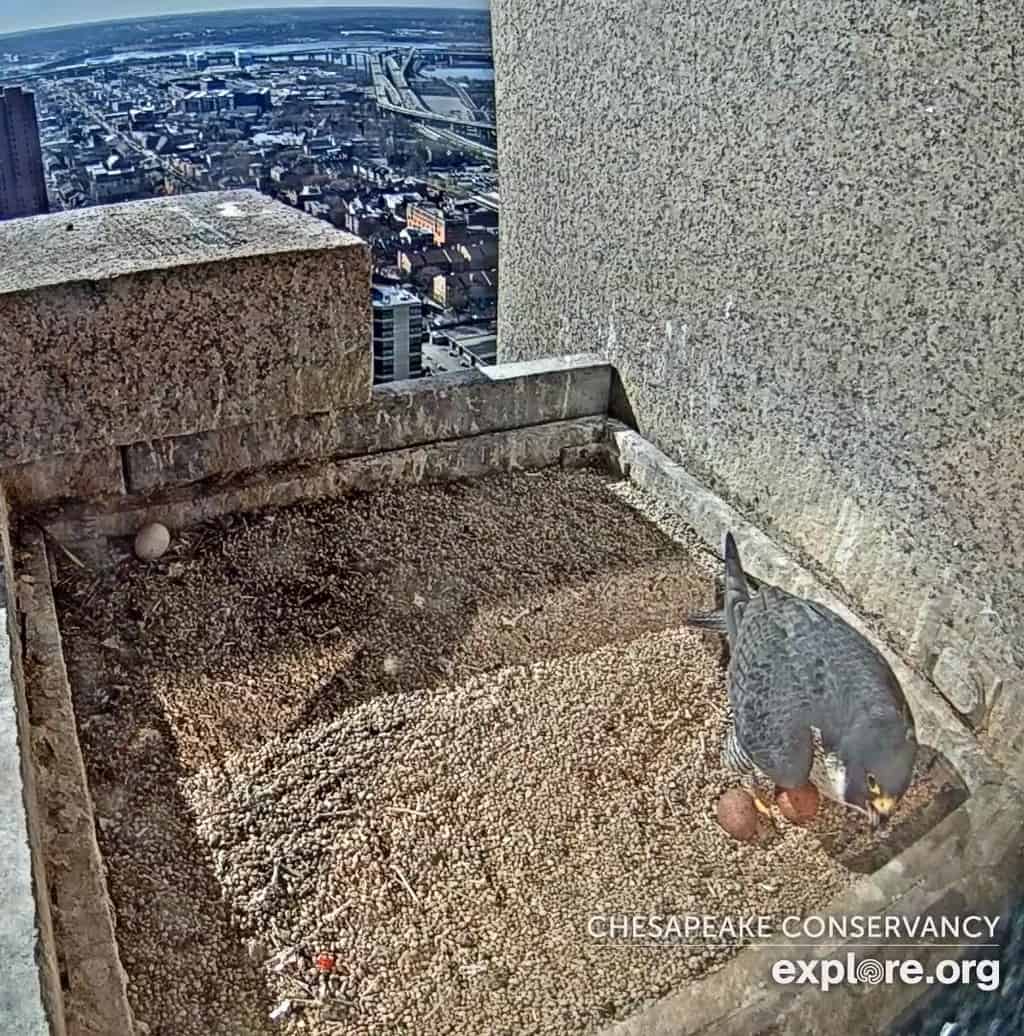Virginia’s Pamunkey Indian Tribe recently wrapped up a three-year Species Recovery Grant from NOAA Fisheries to study the Atlantic sturgeon stock and water quality in their home river—logging key research on the ancient endangered species.
Atlantic sturgeon are a prehistoric fish, in existence for more than 120 million years. They are the Chesapeake Bay’s largest fish, documented to grow up to 14 feet. They can live to be 60 years old.
And they are closely tied to the Pamunkey’s own heritage. When English settlers arrived in 1607, they described sturgeon as so plentiful that you could walk from one side of the river to the other on their backs. Their population has declined steeply, and the Atlantic sturgeon was declared an endangered species in 2012.
Like shad, Pamunkey leaders say sturgeon were important to tribal culture and spiritual life. Now, they see them as a key indicator of river health.
In the study, members of the tribe worked in the field and lab with Dr. Chris Hager of Chesapeake Scientific, LLC and under his scientific collecting permits for handling the endangered sturgeon.
Dr. Hager has been studying sturgeon in the Pamunkey River since 2012, in partnership with scientists from NOAA and the U.S. Navy. This grant extended that work for the 2018-2020 spawning seasons. The team, which included tribal citizens April Deacy and Desiree Nuckols, has documented
spawning in the Pamunkey and gathered enough evidence to suspect spawning in the Mattaponi as well. The work firmly establishes the enduring presence of these remarkable fish in the York River system.
The goals of the Pamunkey grant included creating an ecological picture of the Pamunkey and Mattaponi Rivers through water quality monitoring; developing a Pamunkey Riverkeeper program to foster improved stewardship; improving models of the rivers to better understand Atlantic Sturgeon spawning habitats; calculating the spawning populations in the rivers; and determining the validity of off-the-shelf side scan sonar for enumerating sturgeon.
In the process, the team caught, measured, implanted acoustic tags in, and took DNA samples from both adult and subadult sturgeon during the fall spawning runs while maintaining an acoustic receiver array in the York River system to gather data on their movements. The tasks this winter
will be to finalize a report on the three-year project and plan its next steps.
NOAA grants like this one support tribally led management, research, monitoring, and outreach activities that have direct conservation benefits for species listed under the Endangered Species Act. The tribe produced this twelve-minute video, Connecting Currents, The Pamunkey River, about its members’ efforts to sustain the health of their home waters:
More information on the project is available on the Pamunkey Tribe’s website, including three years of water quality data, a photo gallery of fieldwork with the sturgeon, a short essay on “Sturgeon and the Pamunkey Indian Culture,” and diagrams of the methods members of the tribe used to trap the fish early in the twentieth century.
-John Page Williams




